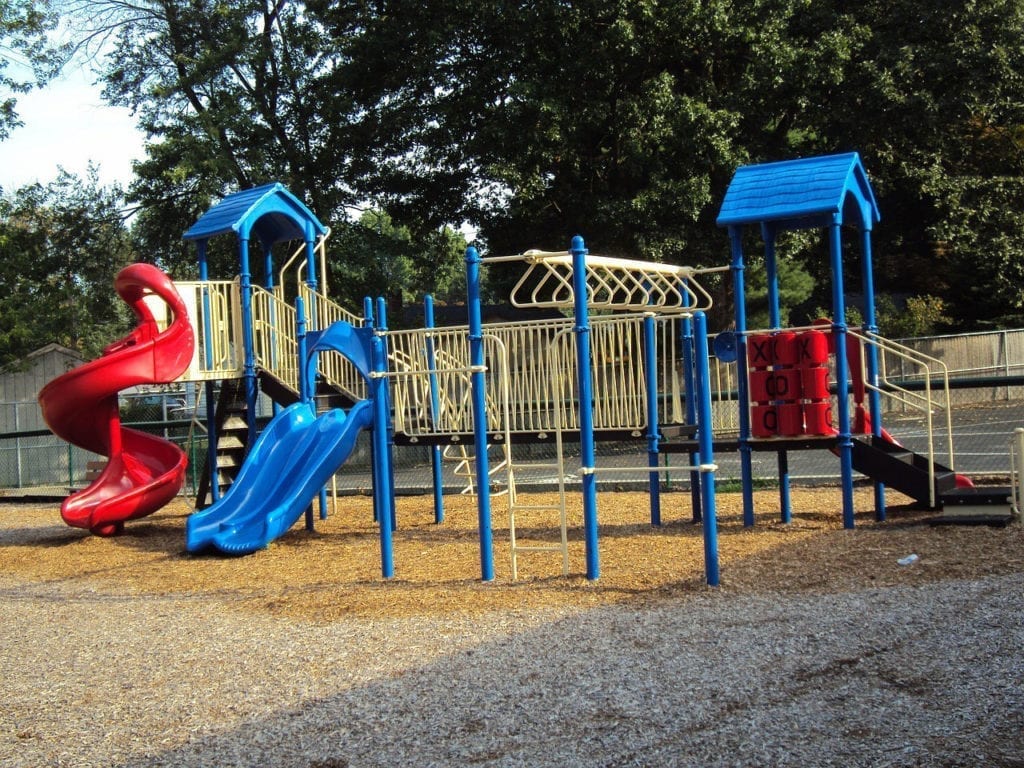As originally reported on NPR, Alex Yiu’s mom has a montage of her son’s early years. As one watches the videos, you see something: him losing control. He begins to become clumsier, he can’t chat away like he had been. His language and mobility skills slip away until he becomes wheelchair bound.
Alex’s Regression
While Alex was born in seemingly full health, his mother Caroline Cheung-Yiu began to notice around his second birthday that something was off. He had problems that slowly grew, so she kept track. She videotaped her son and compiled a collection that documented his slow deterioration. Cheung-Yiu points out his trunk weakening till he cannot walk as well as his weakening arm control and worsening speech. She saw doctors of course, but none of the tests and experts had an answer for her. They sequenced his DNA on three occasions. The family went around the country seeking help, but nobody could identify the gene or cause of the deterioration. So it continued.
He was no longer able to walk or talk and at age 12, his lung collapsed so that now he requires a BiPap ventilator in order to breathe. Cheung-Yiu brought her video as her evidence of the progression of her son’s mysterious illness. She presented his case to an audience at the Global Genes meeting in desperation. She had captivated a large audience of doctors and researchers who wanted to help and in the process she got an offer to have his DNA sequenced by Translational Genomics Research Institute (TGen). This non-profit based in Phoenix analyzed his DNA without successfully locating a responsible gene. However, his information remained in the system.
The Puzzle Solved
A turn of fate brought this family their answer. When a doctor mistakenly put down the number of his case file, Alex’s case was re-evaluated years later. The databases that assessments are run within are constantly being updated with new information, new cases, and cataloging new diseases. Because of this, old cases could be analyzed with more precision if they get re-opened later, but this is an expensive and extensive process requiring expertise, so it doesn’t happen often. In Alex’s case, it was a mistake, but one that came up with the solution: it found a match with Alex’s DNA variant IRF2BPL. A newly published paper had identified this genetic mutation’s relationship with Alex’s symptoms, and had cataloged the disease. Finally they had their answer.
There is no cure or disease-modifying treatment for this mutation. However, they do get some direction and community and know a little more about what they are dealing with. Cheung-Yiu says they are not focused on the past but what they have today, and how they can make his life the best it can be.






